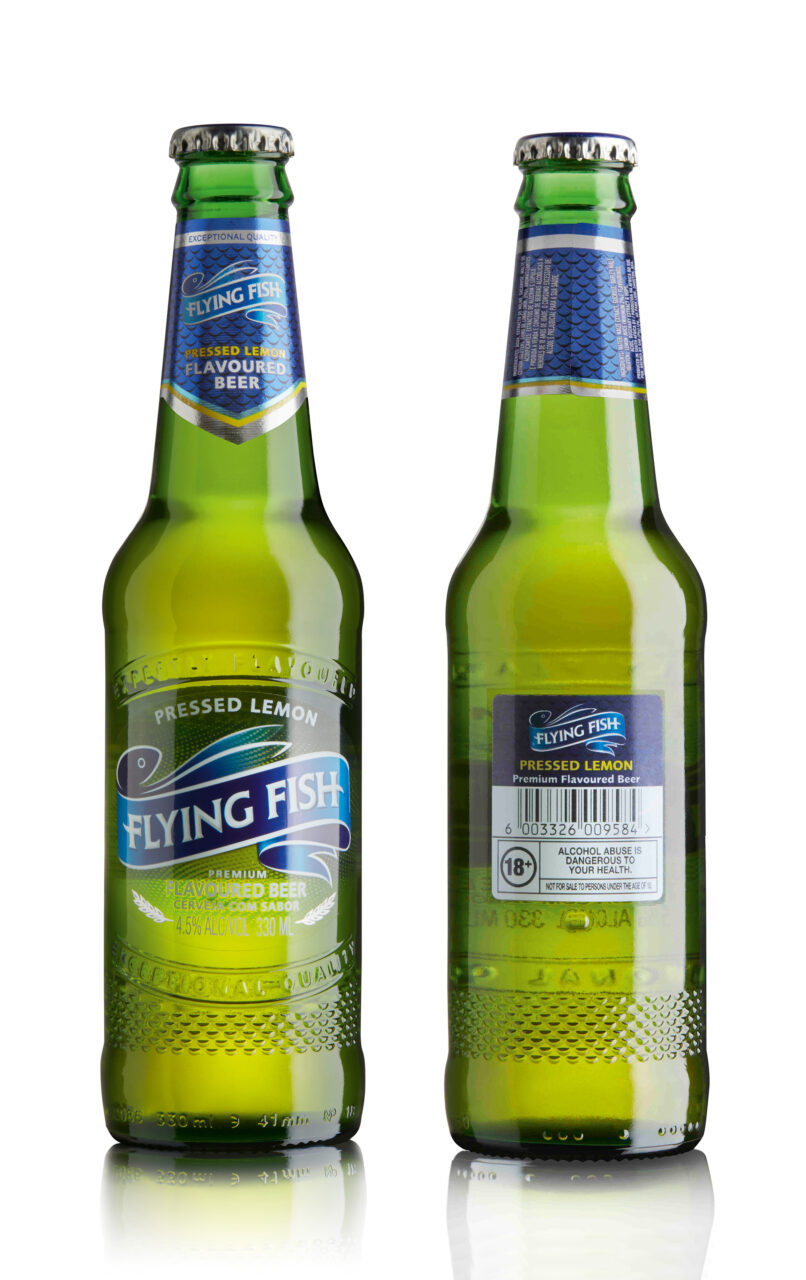
Self-adhesive labels have always required a liner – the sheet of material that protects the adhesive surface. The liner is an essential part of the labelling process, and it is usually discarded once labelling has been completed. Furthermore, the label’s matrix, the frame from which the label is die-cut, must be disposed of when the label is converted. Now that the entire industry is seeking more sustainable approaches, avoiding waste has become a high priority.
One answer to this challenge is Core Linerless Solutions®. Although some forms of ‘linerless’ technology have been around for several years, these have not been entirely successful. Many previous attempts failed because they did not take into consideration the complete cycle from printing, via converting, to labelling. Ritrama (acquired by Fedrigoni in 2020 and part of Fedrigoni Self-Adhesives) was the first to offer a platform that took all three stages into account.
The ‘linerless’ tag is a little misleading because the new process involves a ‘multifunctional smart liner’ made of PET (Polyester). During the converting process this liner is ingeniously moved from the sticky side of the label to the face – from the underside to the top. The liner is then turned into a clear lamination material, whose adhesive is activated by heat: the Omet module laminates the PET liner on top of the OPP (polypropylene) label. What was previously a waste product has now been transformed into a resource.
Core Linerless Solutions, originally devised and patented by Ritrama, consists of a self-adhesive laminated label that is thinner than a traditional one. The Core Linerless Solutions self-adhesive labels are the natural evolution of the traditional self-adhesive labels.
The face stock is made of polypropylene, which can be printed by most common printing methods and techniques – digital as well as Flexographic (using a flexible printing plate), screen printing and cold foil – with the exclusion of hot foil stamping and embossing. Behind the face is a permanent acrylic crystalline adhesive for no-label-look applications.
The first major brand-owner to approve this technology is SAB (South African Breweries), part of AB InBev Group, where the process has been used for the popular flavoured beer line Flying Fish. ‘We are conscious that we have an impact on the environment, and that there is an obligation on our part to reduce this for the sustainability of society and for the business,’ says SAB Zitec director Alexander Talbot.
Fedrigoni points out that Core Linerless Solutions provides a waste elimination platform for sectors such as HPC (home and personal care), food and pharma, as well as beverages.

